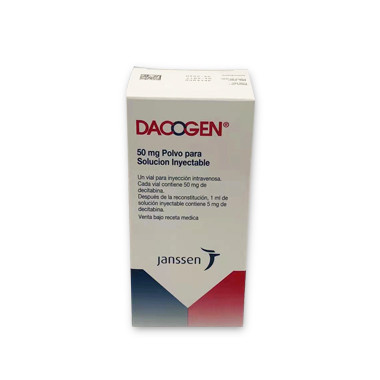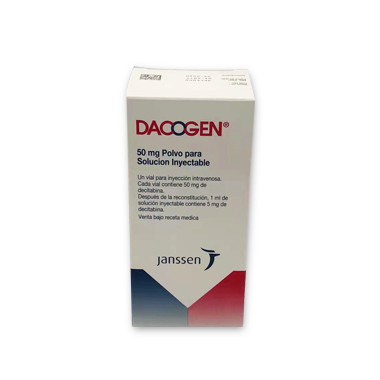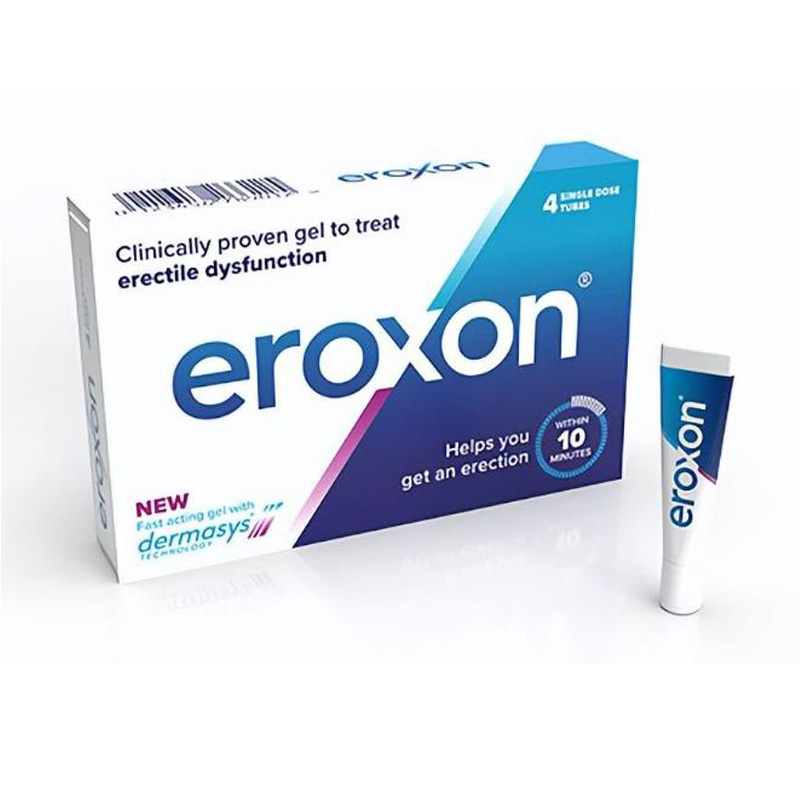Decitabine, also known as 5-aza-2'-deoxycytidine, is a DNA methyltransferase inhibitor that has been approved by the US Food and Drug Administration (FDA) for the treatment of various blood disorders. This article will discuss the mechanism of action, clinical applications, and potential side effects of decitabine.
 Mechanism of Action
Mechanism of ActionThe mechanism of action of decitabine is based on its ability to inhibit DNA methyltransferase, thus leading to the demethylation of DNA. DNA methylation is a process by which methyl groups are added to the DNA molecule, which can lead to the silencing of genes involved in various cellular processes, including cell differentiation and proliferation. By inhibiting DNA methylation, decitabine can reactivate genes that are involved in tumor suppression and induce differentiation of cancer cells.
Clinical Applications
Decitabine has been approved by the FDA for the treatment of myelodysplastic syndromes (MDS), which are a group of blood disorders characterized by abnormal production of blood cells in the bone marrow. MDS can progress to acute myeloid leukemia (AML), a more aggressive form of blood cancer if left untreated. Decitabine has been shown to improve the survival of patients with MDS and has been recommended by the National Comprehensive Cancer Network guidelines as a first-line treatment for high-risk MDS.
In addition to MDS, decitabine has also shown promising results in the treatment of other hematologic malignancies, including AML and chronic myelomonocytic leukemia (CMML). Decitabine has also been studied in the treatment of solid tumors, including lung and breast cancer, with mixed results.
Potential Side Effects
Decitabine is generally well-tolerated, with mild to moderate side effects reported in clinical trials. The most common side effects include nausea, vomiting, fatigue, and low blood cell counts. In rare cases, patients may develop serious complications, such as bleeding or infections.
Conclusion
Decitabine is a promising treatment for blood disorders, particularly MDS, and has shown potential in the treatment of other hematologic malignancies and solid tumors. Its mechanism of action, which involves the reactivation of tumor suppressor genes and induction of cell differentiation, holds great promise for the development of new cancer therapies. However, further studies are needed to determine the optimal dosing and duration of treatment and to identify patients who are most likely to benefit from decitabine therapy.








